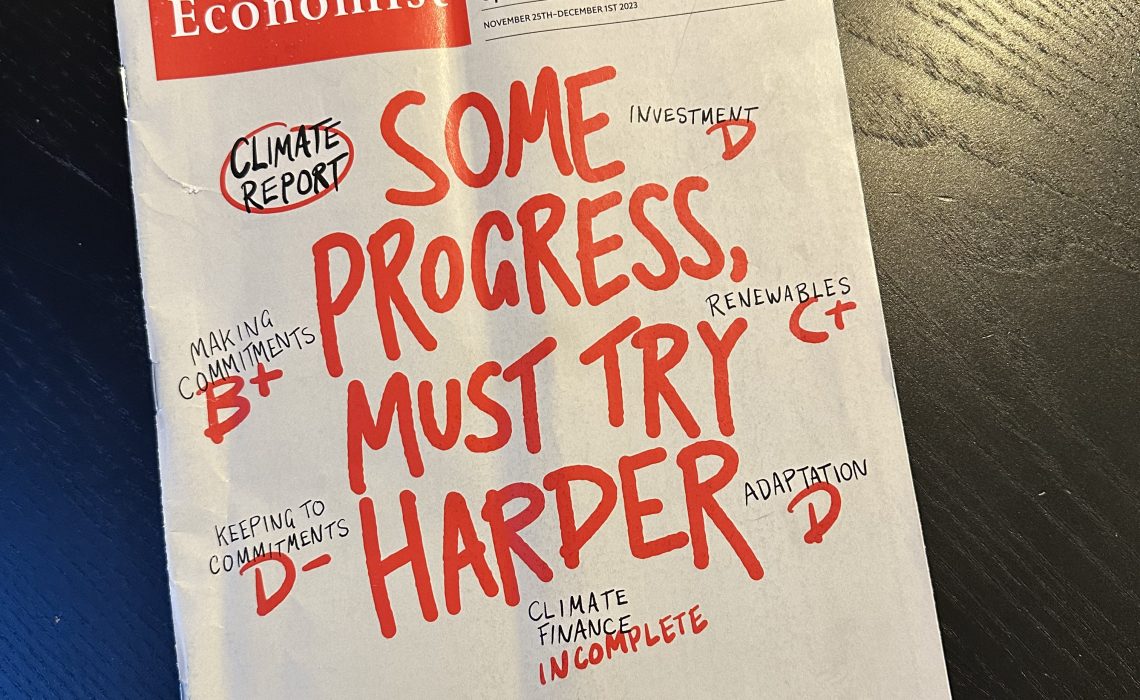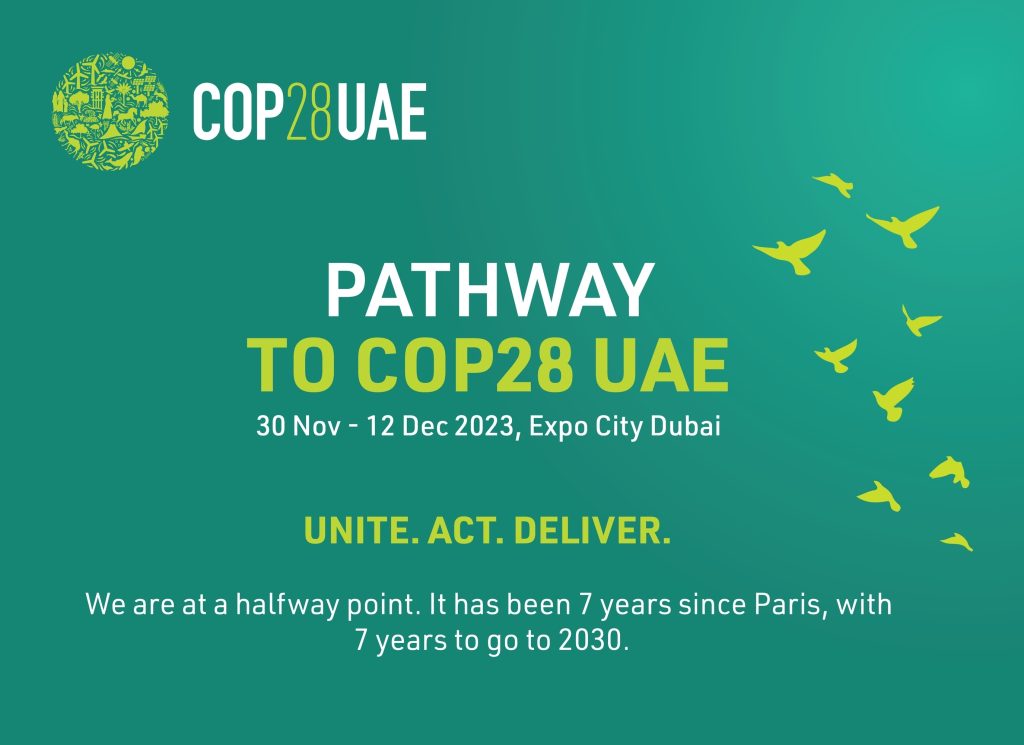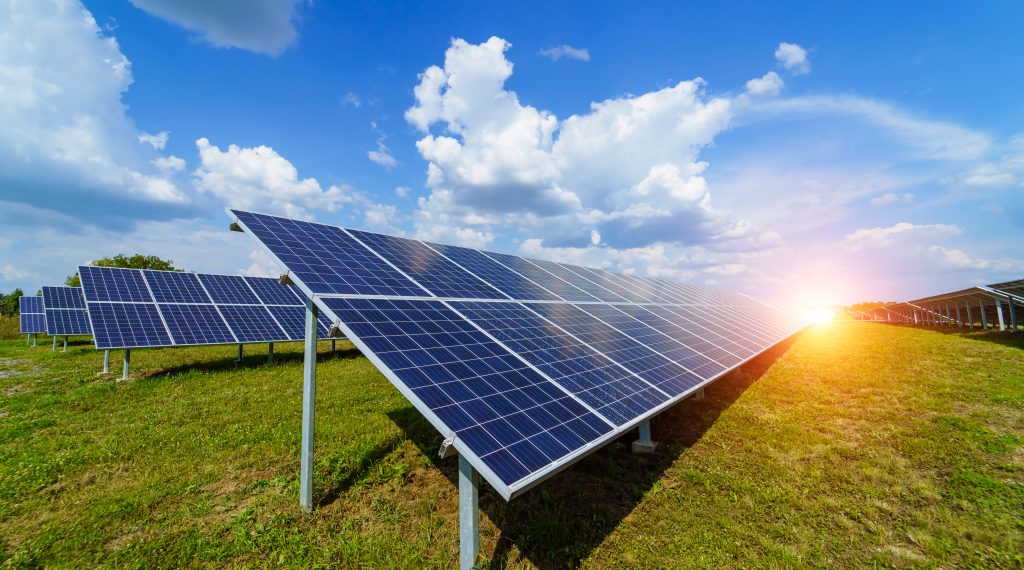
Climate Report, The Economist
When I first saw this cover, as I worked through a pile of reading materials way overdue to be read – eek, this one was December! – it struck negative thoughts. But take another look….on second glance there seems to be a small element of positiveness! Well, there is one B+ for ‘making commitments’ …
(Hit the button to hear my introduction)
…. Though ‘keeping to commitments’ definitely needs some work with a D minus.
Progress may be slow but there is at least progress.
Back in 2015 at the Paris COP (Conference of the Parties) an agreement was made to the UN Framework Convention on Climate Change. What is it? Well it’s the framework for tackling climate change, globally. It’s been ratified by 188 countries – which amounts to about 80% of the greenhouse gas emissions created worldwide. All this agreement could do was to set out the law for the following COP’s. It wasn’t going to be able to wave a magic wand and reverse our accelerated warming of the planet, not could it dictate to countries what they could or couldn’t do.
Do you enjoy my writing?: Always optional, Donating even a small amount occasionally enables me to continue to be another voice for the environment, supporting organisations focussed on conservation and restoration through my blogs, video’s, giving my time on committees, raising awareness. Click on the Donate button, top right hand side of the page for more information on how I am contributing and why your donation counts.

However, what was included was that COP 2023 in Dubai would act as the first global ‘stocktake’ of what had and equally important, had not, been achieved. Interestingly the stocktake was not as bad as expected in that the global warming percent, above pre-industrial levels, by 2100 was expected to be over 3%. Now the expectation is between 2.5 – 2.9%.
Still devastating to many populations but an improvement.
According to the excellent article in The Economist, this is as a result of the fact that we are getting more of our energy from more wide spread renewables, and paying less for it. One example used was global solar panel installation, with a significant increase from 230 gigawatts to 1,050 gigawatts (2022). Another factor is that an increased percent of energy related carbon-dioxide emissions come under carbon-pricing schemes with a higher price per tonne than before. Carbon-pricing shifts the responsibility for the damage from the emissions back to those who are emitting it, hopefully inspiring them to make changes, but at a minimum they are paying more now for their emissions.

Paris kick-started this by making climate something every country had to talk about and it set new expectations.
2023 was HOT. Records were set for the hottest July, August, September and October. Whatever way you look at it, we have to face up to this as a NOW problem, not a future one that we can put off for another ten years.
At the 2025 COP, countries will be required to present their plans for carbon-dioxide removal, keeping their targets for removal and emissions reduction separate. The Economist points out that removal is only effective when emissions fall far below their peak – the scale of this at the point we are expected to peak will have to be a thousand times bigger than what we can currently achieve. Polluters will have to pay for their waste, which in theory should focus their attention now – there is a LOT of work to be done to achieve carbon-dioxide removal at the level required. I guess thats the ‘Must Try Harder’ part.
